Coming to Terms With One of America’s Greatest Natural Disasters
Documentary filmmaker Bill Morrison plunges us into the Great Flood of 1927
/https://tf-cmsv2-smithsonianmag-media.s3.amazonaws.com/filer/8b/c8/8bc8d753-c5a3-42ec-b7f0-1a6faecee5f6/nov14_n02_billmorrison-main.jpg)
Prologue
The beginning is the river.
The river fills and empties a continent
this river is time,
a river of men and women.
This river is the story of a world
erased, a river widened and bent and widened again,
bearing away the past and carrying the future at the end
of one America and the beginning of the next.
In this tin roof America long gone—unreckoned and
unlamented, sunk to the rafters in fast black water,
chimneys awash and every coop and furrow submerged—
is the drowned history of our original American sin.
We inherit its memory, its muddied antiquities, the
inventory of its miseries, its fertile earth, its alluvial
stink, its cause and its consequence. We are its heirs, its
debtors, its bankers, its children. We inherit its dead.
So the news of it came and went and was left to lie
in a thousand morgues at a thousand papers, or filed in the
dying libraries, or recorded on film that was itself doomed
to decay and condemned to silence.
Overtaken. Forgotten. And yet. And yet. And yet what comes to
us now, what maybe saves us, is somehow art and somehow
grace, somehow time and out of time, a documentary not a
documentary of our ruined and ruinous living age.
Images and music without nostalgia, without sentiment,
without regret or false hope, hypnotic and soothing, our
panic and cruelty and the Jim Crow universe of our violent
helplessness just at the edge of every boiling frame.
A movie made of ghosts, a new moving art of the living and
the dead, the past and the future, of history
painted by an artist, by Bill Morrison,
that feels like a new way of seeing.
The music is a bright, narrow horn and dire guitar,
elegiac, strange, a dirge for bucket and shovel,
major and minor, as avid and dark at the margins as the
pictures it underlines and transforms.
It may be the most beautiful thing you’ve ever seen.
That was the Great Flood.
This is The Great Flood.
That was 1927.
This is 2014.
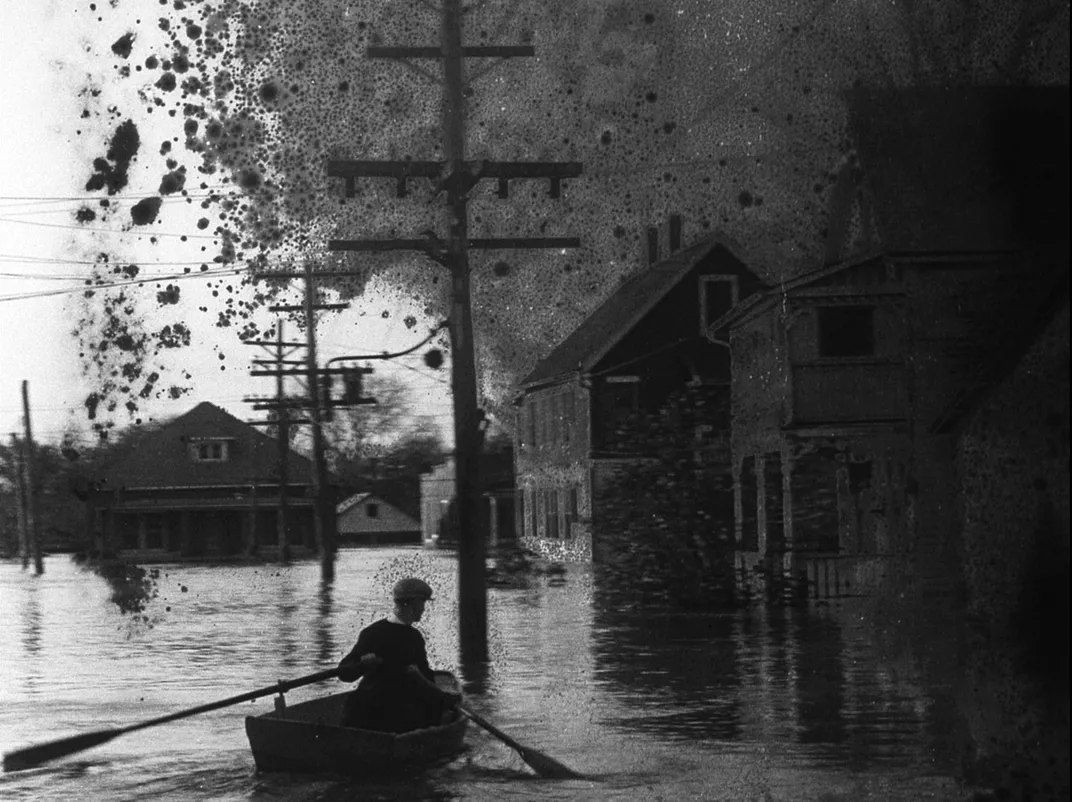
I
Spring, summer and fall of twenty-six the rain fell and
falling filled the rivers and streams and creeks and the
sleep of the farmers and the dreams of their children until
fear and the earth were everywhere fat with water.
And on and on it rained through winter and spring
from the top of America to the bottom, west and east
and at every point of every compass came the rains and the
rivers rose in the red-brick river towns and the water
poured down on the fields and the hollows and the hills,
the mountains and the valleys, and the rivers rose month
upon month and the rain and the water raced South
There were giants in the earth in those days
and the water poured out of the forests and out of the
orchards and into the creeks and the streams and down the
Ohio and the Alleghany, the Missouri and the Monongahela
And the earth was filled with violence
and everything everywhere under the window of heaven
was green and lush and terrifying, until all the water in
the world rode fast and hard against the banks of the
Mississippi, hard and fast against the levees and the
bridges and the lives of everyone from Cairo to New
Orleans. From Illinois to the Gulf, Shelby County to St.
Bernard Parish, from New Madrid to Greenville to Vicksburg,
Yazoo City to Hamburg to Baton Rouge, the river rose.
This is time out of time, in what seems an ancient age
of black and white, of mute brutality, of poverty and
struggle and squalor, of joys and lives too small, too short,
as near as our own, as distant as the Old Testament.
Then the levees broke.

II
250 dead in April? 500? By May, 900,000 homeless? No one
is sure. The flood is 50 miles wide, 17 million acres of the
American South and the clichés of the American South sunk
to the ceilings. A wide world lost, smothered, swept away.
Months under water, months under that heartless
sun, months under the abject moon, long nights like
Old Egypt, the days all dazzle and glare from horizon to
horizon. The backhouses and smokehouses and the
sheds, the silos and the cribs and the troughs and the pens
and the tanks and the shacks, the cows and the mules and
the cities and the towns and the people suffocating in the
muddy flux of the river.
Every candle stub and lantern, chifferobe and skillet,
every house on every street, the scales and the gin and the
broker, the owner and the banker and the churchman, all
sinking in a lake that runs from Missouri to Louisiana.
Bundled on the high ground are the useless sandbags and the
bedsteads and the quilts and the pots and the pans and the
dogs and the cattle and the families, a long rank of tents
and refugees on an archipelago of levee tops.
The newsreels tell us so—the ones remaining in the
archives and libraries, those brittle nitrate spools
moldering and decomposing, oxidizing, turning to dust,
to jelly, to fire. This is how Morrison loads his palette.
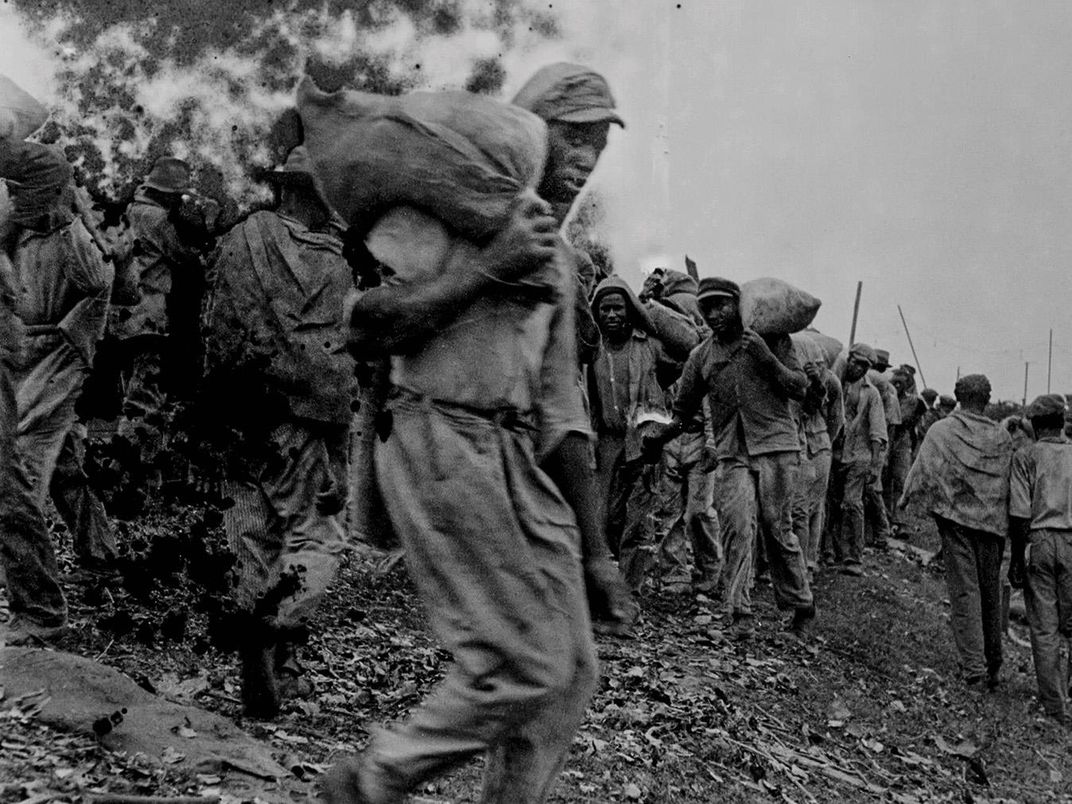
III
Chicago-born, a painter by training and inclination
Morrison began studying animation,
sampling images and making short
films in the early 1990s
for a theater company.
Now he sources and assembles his films
from fragments found in the Library of Congress
and at the flea markets
and at the
University of South Carolina,
digitally scanning each crumbling,
silvering image before
it bursts into flame,
that nitrate base the unstable, explosive,
first cousin to
guncotton.
Historian as art historian as artist, painter as film maker
as archaeologist
as auteur
and editor of decay.
“Just don’t call it experimental film. The experiment is
over.” The worldwide prizes and awards, the
fellowships, the
Guggenheims, agree.
He is slender and sharp-featured,
well-spoken, modest. (His next project
will be made from fragments mined
from underneath that Dawson City ice rink,
where you heard they found the Black Sox footage
from British Canadian Pathé,
and a hundred years worth of
rusting, swollen film cans.)
Composer Bill Frisell
is modest too and too quiet
and maybe the best
jazz guitarist alive.
“I get everything I need out of music,”
he says, and the music
gets everything it needs
out of him.
They met 20 years ago at the Village Vanguard
in New York City—when Frisell was booked
to play guitar, and Morrison was in the kitchen
washing dishes.
Morrison made it out, made more movies,
worked with more composers—
Philip Glass and Laurie Anderson,
John Adams and Jóhann Jóhannsson,
Wolfe, Gorecki, Douglas, Lang,
Iyer, Bryars, Gordon—
drawing his film from
everywhere
The Great Flood
is best seen live
on a stage with musicians and a wide white screen
bounded only by your expectations.
From the languid dread of the opening aerials
it challenges what and how you see and think and feel.
Like a narcotic.
Like a dream.
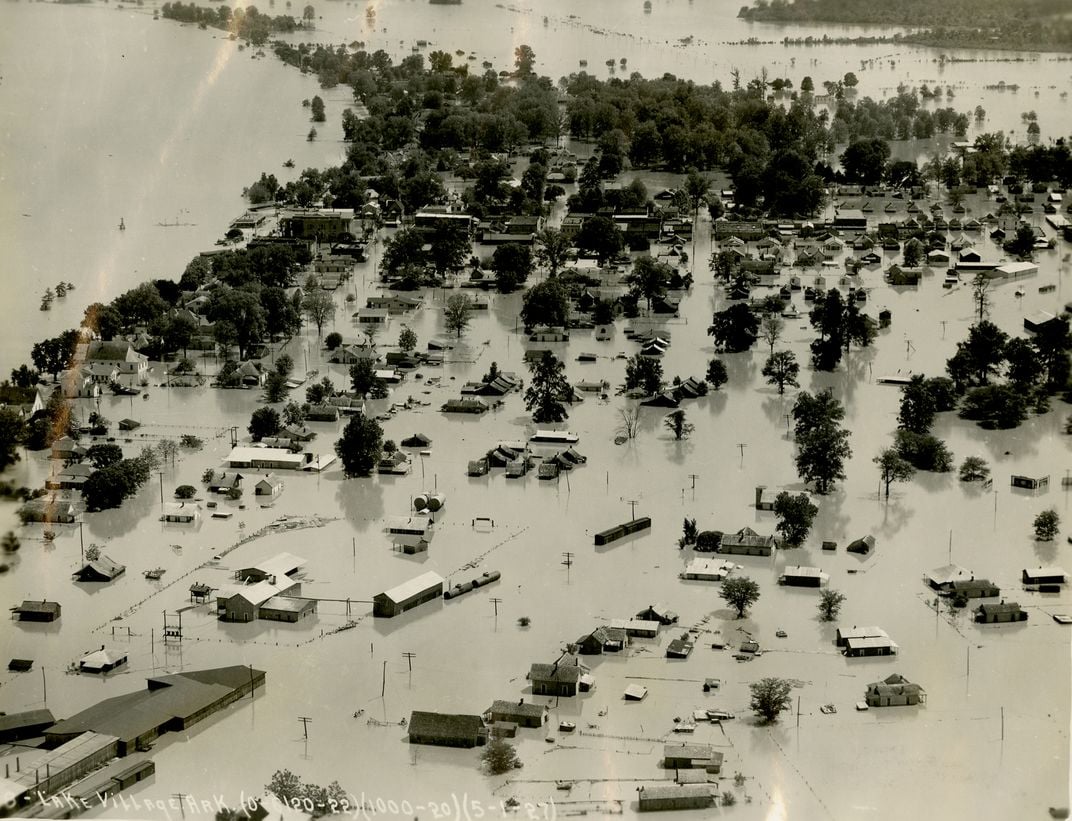
IV
The lost. The riddle of Man and Woman trapped
not in The Garden,
but on the
roof of a car sliding away in the swell
as businessmen vote
to dynamite the levees
to save New Orleans, and politicians tour the calamity
on camera, smiling, pointing
and smiling, children in the shallows
and a piano on the shore among
the chickens and Herbert Hoover in his celluloid collar,
and you think of what folks thought as the water rose—
that the chip in this old pitcher is the last thing I’ll
ever see, this earless ewer, this can, this dipper and the
yellowing curve of my own fingernail may be the last
things I’ll ever see
of Nature’s great unmaking, the undoing mother, the loving
hand smothering the world. Stillness and erasure and then
nothing, finally nothing, beginning and ending
but never ending,
deciding what abides and what cannot abide
in this place, death rising through the floorboards and
Life, its teeth sunk in you, insisting on itself, always
itself. Those are the stakes.
So maybe somewhere someone hears a voice and that voice is
the Voice of God (but not the voice of god), so the unknown
Noah never comes and there is no hope but the hope of your
own voice, a climb to the roof and a long song of despair.
Both man, and beast, and the creeping thing and the
fowls of the air; for it repenteth me that I have made
them. In testimony to the bitterness of His failure
was the drowning of the first world in the leaden
waters of His anger, of every corruption sunk and
suffocated by His silence and His tears. He could not raise
us, so he held us under. Where are the birds? Where is the
rattle of the branch? The rustle and the melody?
Sandy and Katrina, serial killers
with spring break names; Gilgamesh;
Ophelia in Atlantis,
the cleansing never cleans.
Imagination enslaves us all,
film and art insistent
on themselves, demanding
you see and think and feel. Now consider
the man you can’t see,
the one behind that big box camera, cranking, his cap
turned backward (if that helps you to see him)
cranking like a clockworks, sweating,
how did he even get here?
With that immense wooden camera
on that impossible tripod
heavy as a coffin?
His film goes back to Memphis, Nashville—maybe
Little Rock has a lab—on a boat, in a car, on a train,
then Chicago or New York, cut and spliced and shipped
to every Bijou and Orpheum from Khartoum to Bakersfield.
The violence waiting a foot or two offscreen, the brute
and casual fascism, the race hate and the cops
and the tangle of human complication tightening in the
water like a knot.
(This country was never
light with the lash
or
the nightstick)
Folks just like us / not like us. Low blues and dry horn,
guitar like an accusation, vibraphone, flatboat and
National Guard, sodden hatbands and a little girl on the
roof. Hand-painted neckties, watch pockets and
live oak, Sears Roebuck and Model-T,
cast iron and canvas and black folks
put out on the levees and in the wallows,
living in the freight yards, waiting.
Another wave for the Great Migration,
the long escape to prosperity,
to the foundries and factories and
slaughterhouses of the North,
back when it felt like people were connected to
nothing but each other. Where is the monument to their
courage? In this music. Where is their memorial?
Here.
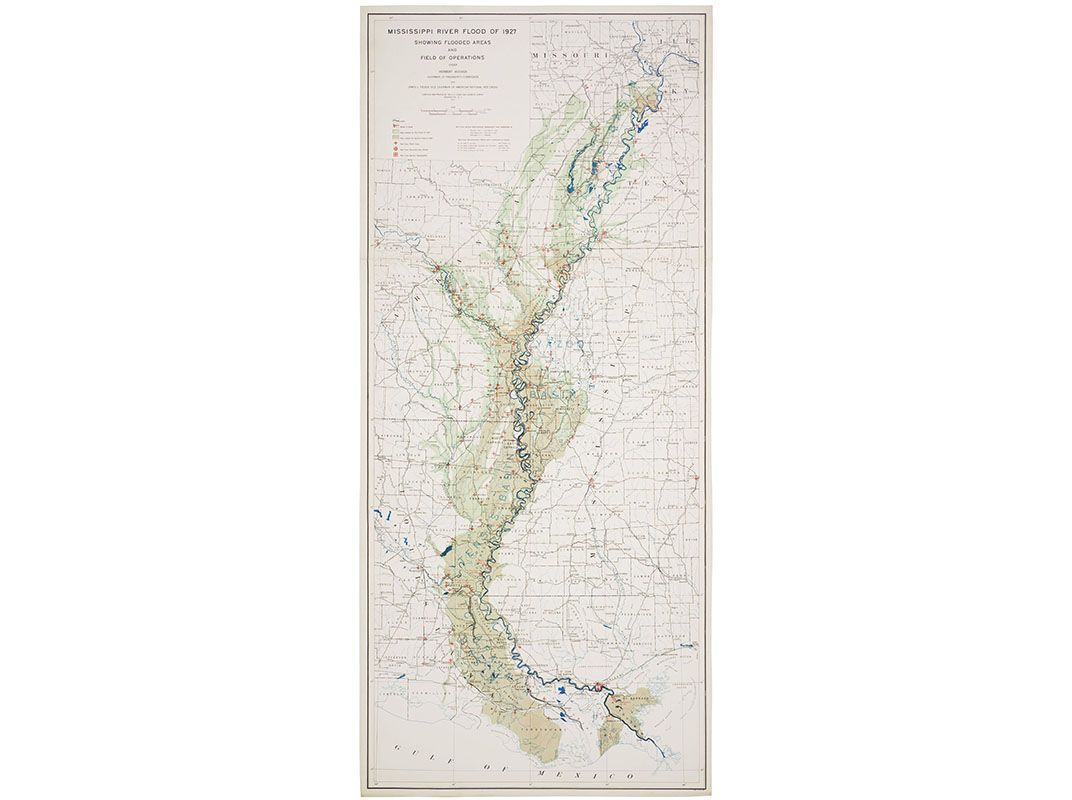
V
Morrison frees us from Hollywood
tropes and
disconnects images from narrative
images from sentimentality
images from cliché
images from time
until we give up making sense
and simply see
and feel our part in the long parade,
welling with a kind of optimistic melancholy
as the world unfurls
the strange peace that comes of destruction
his patience rewarding patience in
Light is Calling
a film too ravishing
to understand
or The Film of Her,
in which
the intensity of his vision
becomes your own.
Just Ancient Loops can be found online,
a video version with cellist Maya Beiser,
machine age music by Michael Harrison
played live
as the spheres and stars spin and
burn in their course,
and their shadows
flicker on the screen.
All Vows, The Mesmerist,
The Miners’ Hymns and Trinity,
Tributes-Pulse and Dystopia,
Outerborough and Fuel,
works of art as much Lumière as Jackson Pollock,
the Josephs Mitchell, Campbell and Cornell,
equal parts Ionesco
and Tod Browning.
His mid-career retrospective
at the Museum of Modern Art
opened in October. Bill
Morrison is 48 years old.
As he redefines
what film is or what film is not
the downtown avant-garde say
that music is too musical
to be truly avant-garde
(the cutting edge
must only be admired,
never liked).
If Morrison is a marvel of ingenuity,
his first masterpiece,
Decasia,
is a work of genius.
The dervish
the geisha in the sea of decay
the desert caravan and the wet deck
of the submarine
in the hot whirlwind
of nitrate rot
and the heavenly discord
scored by Michael Gordon.
Living oxidation
chains of bacteria, thumbprints
and the Rorschach blots of corruption
nuns and cowboys
a fighter
shadowboxes
a column
of blight, jabbing
and feinting
the nothingness
the invisible
the inevitable.
It is a perfect piece of work,
of which director Errol Morris
said, “This may be
the greatest film ever made.”
/https://tf-cmsv2-smithsonianmag-media.s3.amazonaws.com/filer/29/98/299807f0-a3e2-40c5-91b4-2493e952852c/nov14_n05_billmorrison.jpg)
VI
And now The Great Flood.
History not history
documentary not documentary—
instead, absolution, relief from meaning, a poem.
After twenty-seven came the TVA
and Evans and Agee and
the high art
of poverty.
The Flood Control Act of 1928
rewrote the river and helped make
Hoover president, and in the end
the U.S. Army Corps of Engineers spent billions
to straiten that same river,
until it poured out
78 years later
into the 9th ward.
Postscript
How it is with us now is how it was with us then
when all the waters of the north became all
the waters of the south. There is a Great Flood
for every one of us,
for every culture,
in every age a scourging story of unreasoned punishment
and death and relentless life. A history of how living clings
to living in our ecstatic tragedy.
This was a long time ago in a different America, a narrow
and unreconciled America that couldn’t last but did,
rotten and untenable, and in the end and at the beginning
the water must always do its work,
as we pour out the daily measure of our vanity
and forgetting, every generation foundering,
the warnings lost, forever
helpless against ourselves.
All of us one day washed away, each carried off by time
and history, not on the river or across it, but part of it,
that endless river of souls lined on its widening banks
with every kindness and sorrow we’ve ever known.
That was 1927.
That was the Great Flood.
This is 2014.
This is The Great Flood.
/https://tf-cmsv2-smithsonianmag-media.s3.amazonaws.com/accounts/headshot/Jeff_MacGregor2_thumbnail.png)


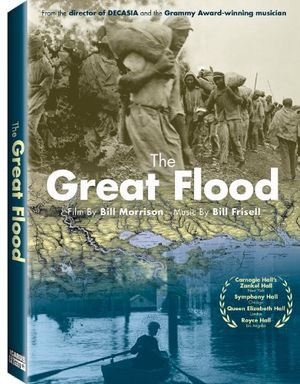
/https://tf-cmsv2-smithsonianmag-media.s3.amazonaws.com/accounts/headshot/Jeff_MacGregor2_thumbnail.png)